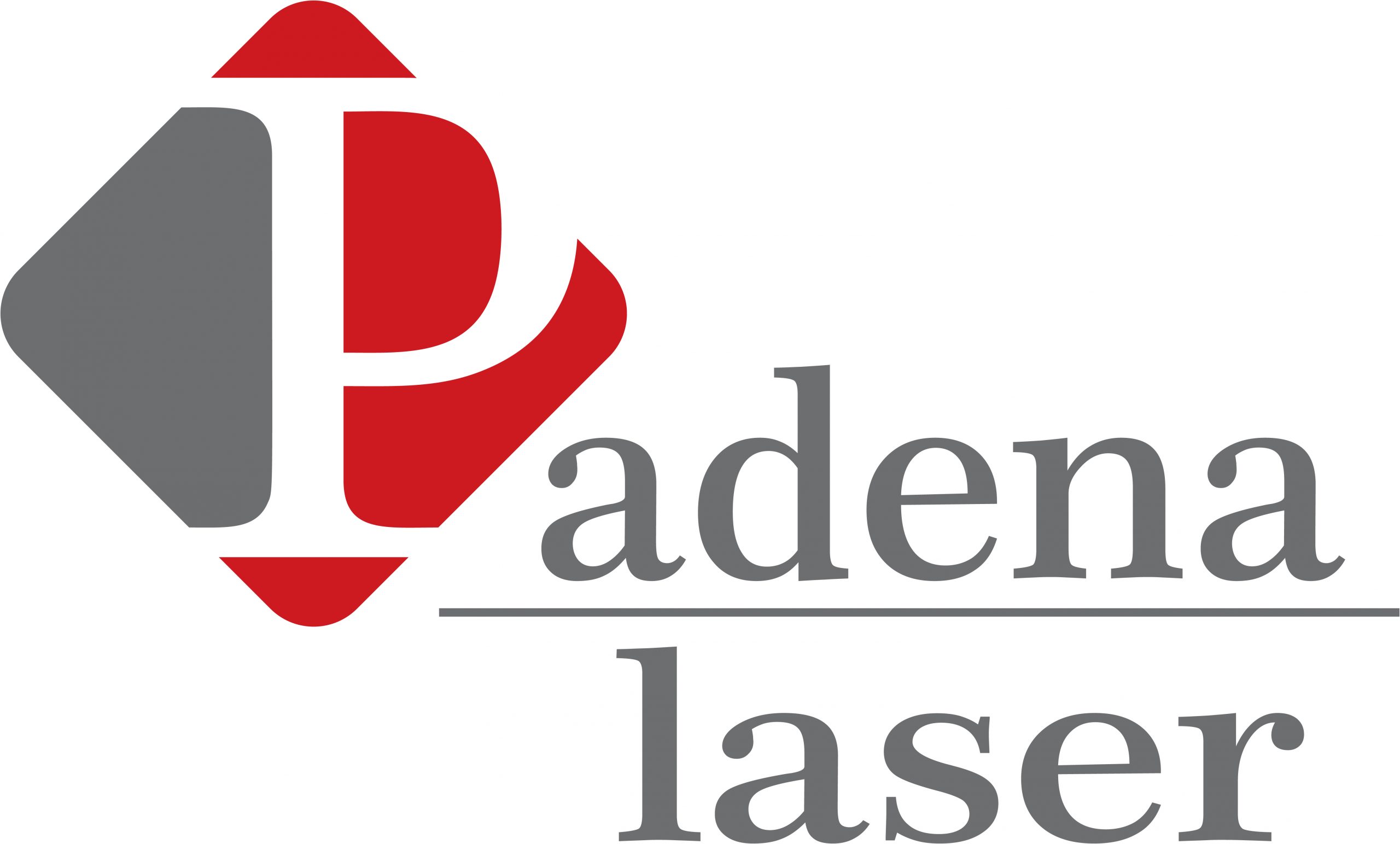Manufacturers like to show the standards and certificates they have acquired on their homepages. You can find numerous ones indicating a company’s professionalism and forward-thinking nature. We
decided to take a closer look at the promises behind those standards.
What Are Standards and Why Do We Have Them?
A standard is a document that regulates the specifics of certain processes, services, use of materials etc. First, experts in the field compile it. Then, the standard is authorised by a recognised body. Those include international standard organisations, for example ISO and IEC, and their national members.
The collective agreement helps by unifying the understanding of requirements. Some examples are:
Toys must not contain harmful substances
Stairs have the same height for each step
A platform has a guard-rail at the height of your hips
When a company is certified by the national standard organisation member, we can rest assured that they comply to certain regulations. Each standard has its own rules. Therefore, each has its own number. Let’s
see what the most often occurring ones actually mean.
Widely Used Standards in Manufacturing:
There are a few certificates that are often displayed on manufacturers’ homepages. Some of them allow a company to produce something in a certain field. Others act more like a quality stamp.
ISO 9001:
The ISO 9001 certificate adorns the walls of many self respecting companies. But people often misunderstand it. It does not define product quality. Companies acquire ISO 9001 certificates, if they meet process-based
requirements. Consequently, this can be seen as a prerequisite for good quality products. Generally, W. Edwards Deming is seen as the father of
quality management. Deming’s 14 points are the historical basis for establishing productivity and production quality. Today, ISO 9001 standard adopts many of those principles to strive for improved
performance. These include:
1- Customer focus. Everything done should improve the customer’s experience.
2- Leadership. Leaders at all levels know the company goals and unite to achieve them. Common vision helps to align individual strategies.
3- Engagement of people. Recognition and empowerment are the forces behind achieving the company’s quality objectives. Everyone must feel
valued.
4- Process approach. All processes are related. The final quality depends on each stage and improvements come via communication.
5- Improvement. Even maintaining current levels needs improvement. It opens new opportunities and helps with reacting to internal and external conditions. Lean manufacturing techniques pinpoint the steps towards optimising your manufacturing processes.
6- Evidence based decision making. One should rely on data and information when making decisions. It is important to identify potential causes and effects before making any changes.
7- Relationship management. Companies must focus on customer and supplier feedback. Good relationships are the foundation of a well-functioning company.
ISO 9013:
Some manufacturers assure a quality that is in accordance with ISO 9013. This standard specifies the quality that a plasma or laser cutting service provider can assure, if they have been certified. The ISO standard defines the geometry and tolerances of thermal cuts. It addresses materials suitable for flame cutting, plasma cutting and laser cutting.
ISO 9013 is applicable to flame cuts from 3 mm to 300 mm, plasma cuts from 0.5 mm to 150 mm and laser cuts from 0.5 mm to 32 mm. The quality is only assured if the drawings state a need for it. Other cutting methods need a separate agreement.
ISO 10204:
ISO 10204 is the standard for material authentication. It applies to both metals and non-metals. Certified suppliers provide documentation to prove the chemical composition and mechanical properties of materials.
The list of information includes:
Producer’s name
Heat number
Batch number
Material dimensions
Steel grade
Steel standard
Hardness
Mechanical test results etc.
If certified, it applies to all kinds of metal products – bars, plates, sheets, forgings and castings. Certain products, like high pressure vessels, need certified materials to ensure a sufficient quality for the purpose.
EN 1090:
In fairness, it is not an ISO standard. EN 1090 is a harmonised standard that covers aluminium and construction steel products that are installed in a
permanent manner. All constructions in the European Economic Area (EEA) must abide these rules. Thus, if you manufacture products that fall in the scope of the EN 1090, they must conform to that standard. The criteria for falling into this category are:
Aluminium or steel construction
The construction bears a load
A permanent structure
A sub-contractor must also conform to EN 1090 requirements. Yet, they don’t need a certificate. Therefore, the responsibility lies with the general
contractor.
ISO 14001:
ISO 14001 focuses on a company’s environmental impact. The goal is an efficient use of resources while diminishing the amount of waste. An ISO 14001 certification can only be granted to companies that take all environmental influences into account. Specifically air pollution, waste management, soil contamination, climate change mitigation, efficiency, resource use etc. ISO 14001 is often seen as something nice to have but
without an actual impact on a company. Actually, there are quite a few benefits of complying with the standard:
Saving money from reduced waste, better efficiency and lower insurance costs
Avoiding legal troubles for non-compliance with environmental standards
Improving the company’s reputation
Acquiring new clients through better image
Production methods and waste management systems are in continuous evolution. Therefore, a company’s environmental impact should also lessen in time. Aside from the 14 points, Deming is responsible for coming up
with PDCA (plan-do-check-act). It is an iterative system for ongoing improvement of a business. So it also applies to the implementation of ISO 14001. The steps are:
Plan. Assess the current or new process. Imagine the desired outputs and identify the needed inputs.
Do. Act according to the plan. Initiate a pilot project.
Check. Compare the results to the expected outcome.
Gather data and use it. Draw conclusions on it and see what works and what doesn’t.
Act. This depends on the previous step. If the check phase confirms the success of new initiatives, then new standards should be implemented.
The cycle repeats itself over and over. Continuous improvement is needed because we are collectively far away from sustainable manufacturing. Also, more stringent laws on environmental effects are anticipated.
It is both easier and more thoughtful to move towards a greener manufacturing in incremental steps sooner rather than later.
What Does the Prefix Mean?
It may be confusing to see certificates with the same number but different prefix. What is the difference?
EN-ISO is a regionally adopted standard. In this case, the region is the European Union.
BS-EN ISO is a national standard. BS, for example, marks the British standard.
Countries and regions have the right to publish their own versions of the international ISO standard. While doing it, they add a level of administrative overhead. Still, those versions are directly based on the
international one. The inclusion of ISO in the name refers to this basis.
Nations and regions can also produce their own standards. Yet, if an international standard is then released, it is superior to the national one.



 فارسی
فارسی